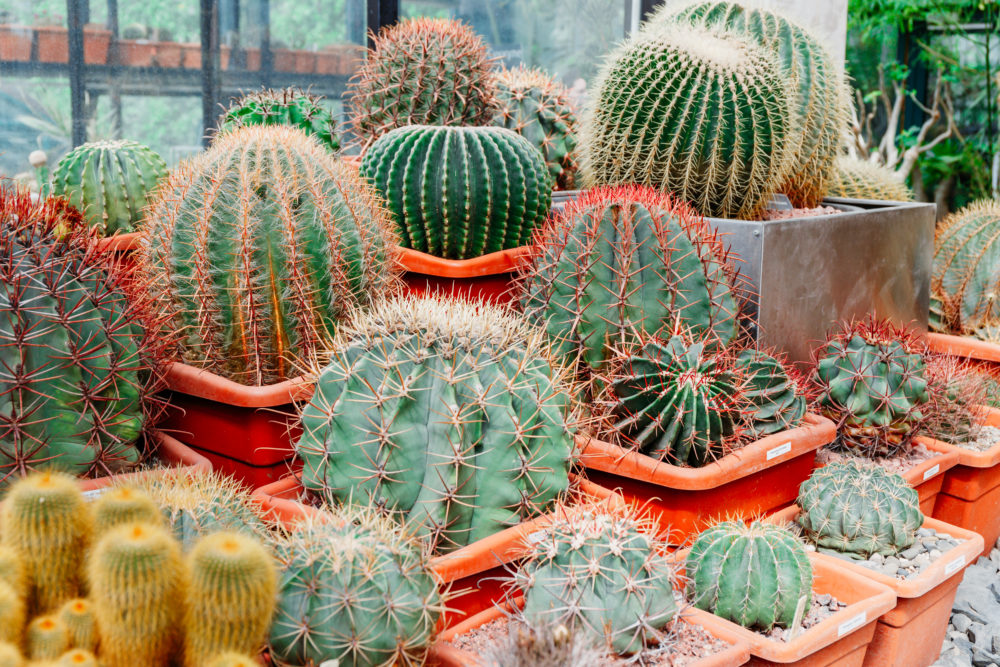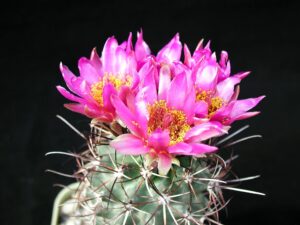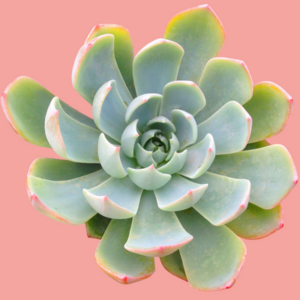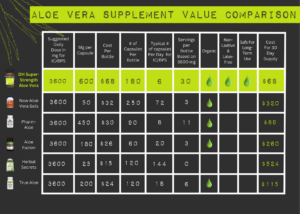Cacti are often hailed as the epitome of low-maintenance plants, thriving on neglect and requiring minimal attention. But here’s a playful question: Are these spiny succulents completely free from the clutches of fertilizer? Do they truly flourish in barren soil, or is there a hidden need lurking just beneath their rugged exterior? To unravel this mystery, let’s embark on an exploration into the nutritional needs of cacti.
Understanding whether cacti require fertilizer brings forth a potential challenge. Many cacti enthusiasts assume that because these plants originate from arid environments, they don’t require fertilization. However, the reality may be more nuanced. In nature, cacti have adapted to survive with minimal resources, but when cultivated in pots, they may encounter nutrient deficits that could hinder their growth and blooming potential.
The fundamental question arises: What are the specific nutrients that cacti require to thrive? Let’s delve into the essentials.
Nutritional Necessities of Cacti
Cacti, like all plants, require a variety of nutrients for optimal health. The primary macronutrients include nitrogen (N), phosphorus (P), and potassium (K), commonly represented as N-P-K ratios on fertilizer packaging. Each of these nutrients plays a vital role in the overall growth and development of the plant. Nitrogen is crucial for vegetative growth, phosphorus aids in root development and flowering, while potassium is essential for overall plant health and disease resistance.
In addition to these macronutrients, trace elements such as calcium, magnesium, and iron are also critical. While these are needed in smaller quantities, their absence can lead to detrimental effects, such as stunted growth or even plant death. Therefore, gardeners must consider the complete nutritional profile of their cacti to ensure successful cultivation.
Natural Nutrient Sources
It’s pertinent to note that in their natural habitats, cacti absorb nutrients from decomposing organic matter, such as dead leaves, animal waste, and other environmental debris. In a controlled gardening environment, replicating this natural process can be beneficial. Utilizing organic compost or well-rotted manure can enhance soil quality, providing a slow-release source of nutrients.
Incorporating organic materials not only supplies essential nutrients but also improves soil structure and moisture retention. Given that cacti are drought-tolerant, an effective water-retention mechanism allows for a balanced hydration regime, which is equally crucial for their health.
Determining When to Fertilize Cacti
Timing is a vital component in the fertilization regimen for cacti. The growing season for most cacti typically spans from late spring to early fall. This period is characterized by increased sunlight and warmer temperatures, both of which stimulate growth. Fertilizing during this time can encourage robust development and flowering.
During the dormant winter months, the plant’s nutrient requirements significantly decrease. Excessive fertilization during this period can lead to fertilizer burn and other complications. Therefore, understanding the seasonal rhythms of cacti is integral to effective care.
Types of Fertilizers for Cacti
When choosing a fertilizer, the plethora of options may be daunting. Generally, a balanced, slow-release cactus fertilizer is advisable. Look for formulations with an N-P-K ratio suitable for cacti, typically lower in nitrogen and higher in potassium, to mimic their natural nutrient uptake conditions. Liquid fertilizers, when diluted, can be beneficial during the growing season, as they allow for quick assimilation of nutrients.
Organic options such as fish emulsion or seaweed extract can also yield positive results. These natural fertilizers often contain beneficial microorganisms that enhance soil health and improve nutrient absorption, providing a sustainable approach to plant care.
Common Pitfalls and Precautions
Despite the aforementioned advantages of fertilization, over-fertilization remains a common pitfall for gardeners. Too much fertilizer can lead to a condition known as “fertilizer burn,” which manifests as browning or wilting on the tips of the cactus. When introducing nutrients, always err on the side of caution. It is often wiser to under-fertilize than to overdose.
Another challenge lies in identifying the specific needs of various cactus species, as some types may be more forgiving than others in terms of nutritional deficiencies. Understanding the unique characteristics and growth patterns of your cacti can aid in tailoring a fertilization schedule that aligns with their needs.
The Final Bloom
In conclusion, while cacti are indeed resilient plants, it would be erroneous to assume that they are entirely self-sufficient regarding their nutritional requirements. Fertilizing cacti can enhance growth, promote flowering, and ensure overall vigor. Nonetheless, it is crucial to approach fertilization judiciously, taking into account the specific needs of each species and adhering to sound gardening practices.
The art of nurturing cacti involves a delicate balance of love, attention, and the right nutrients. By providing the necessary care, cacti can become stunning specimens in any garden or indoor setting, showcasing their unique beauty for years to come.





Leave a Comment